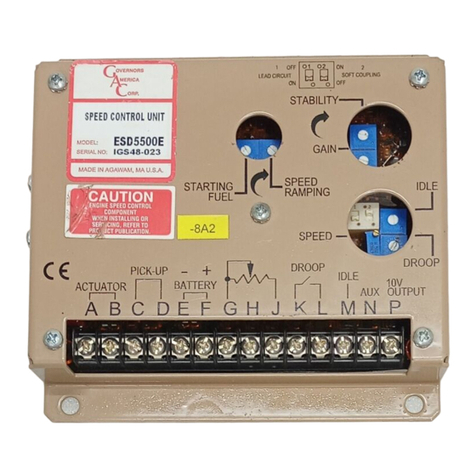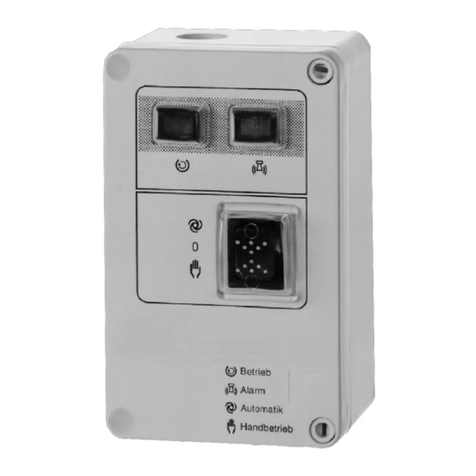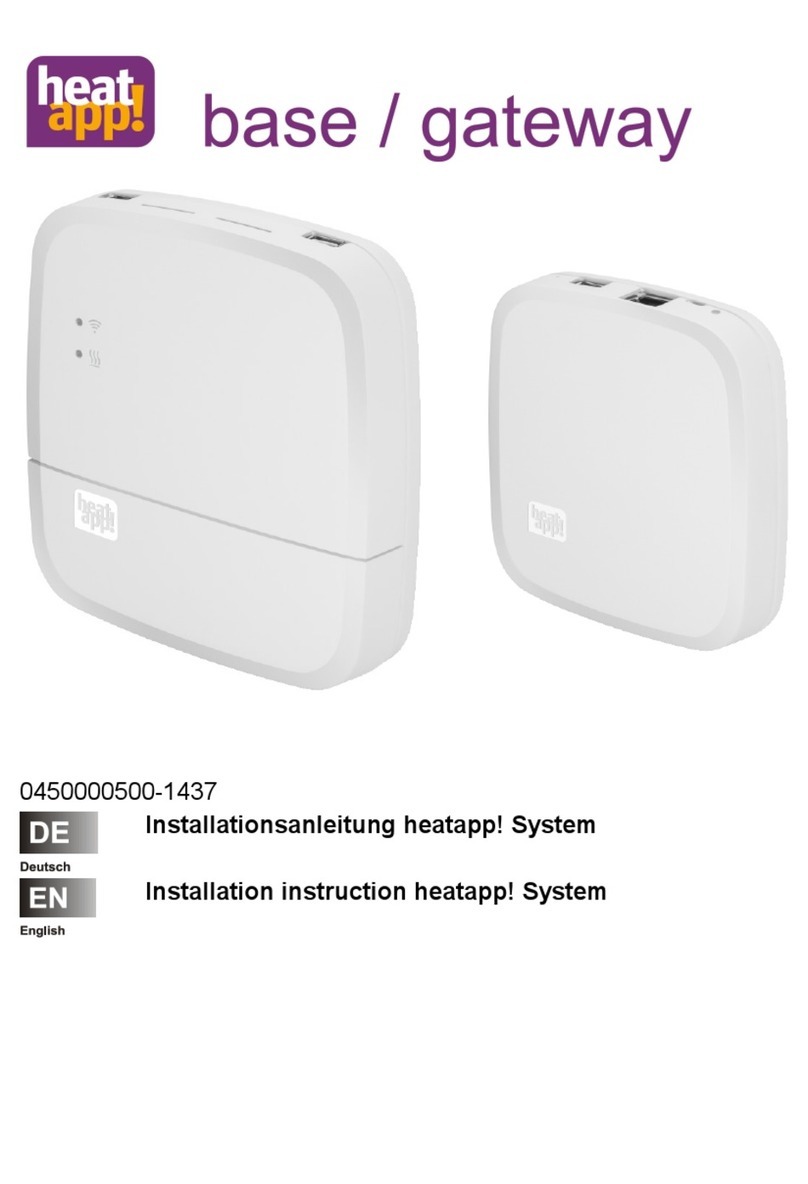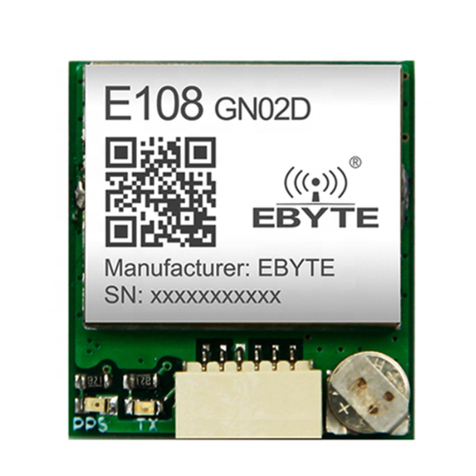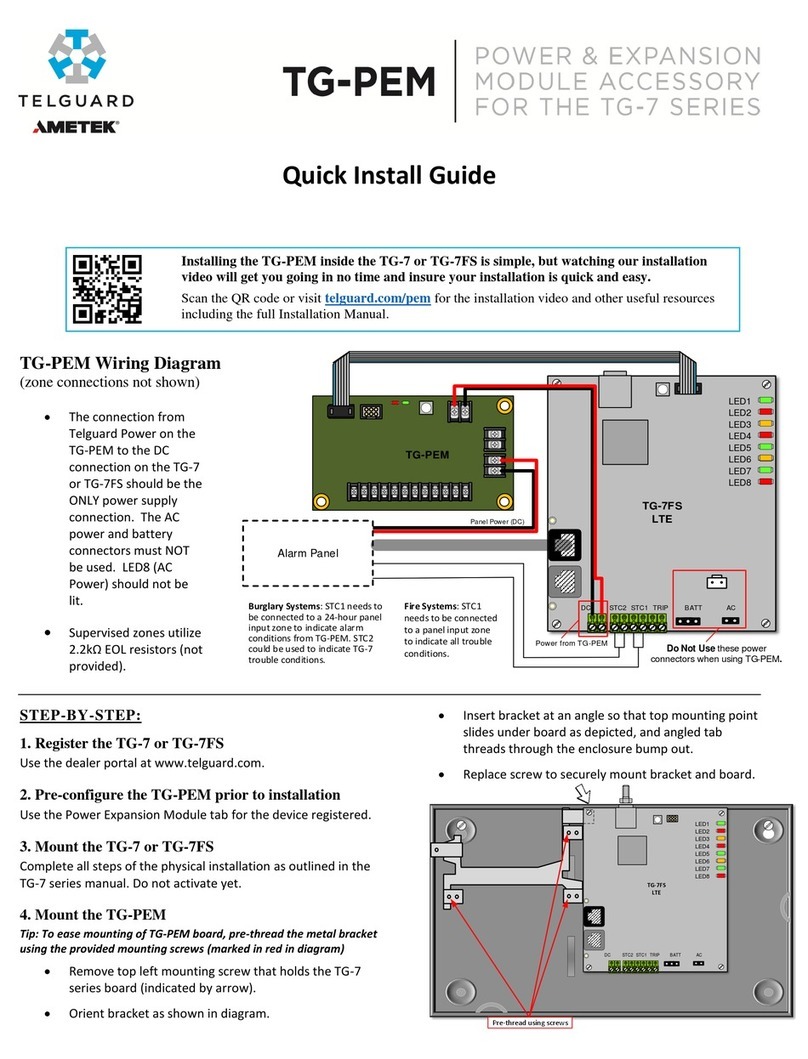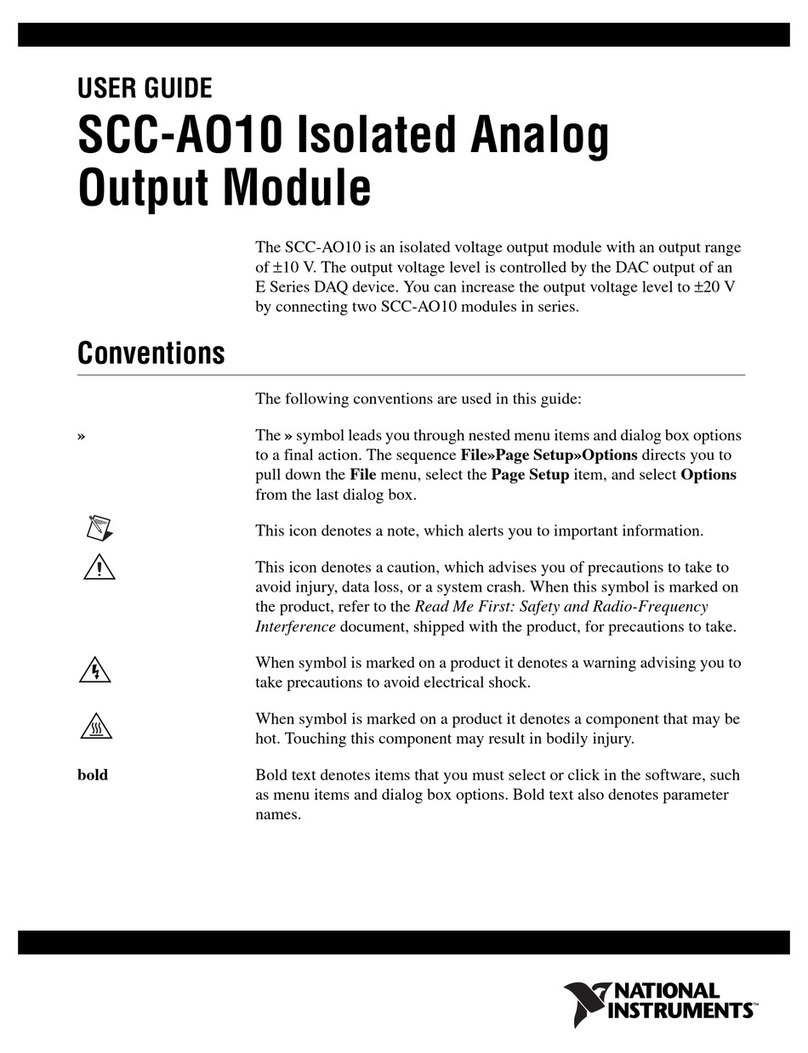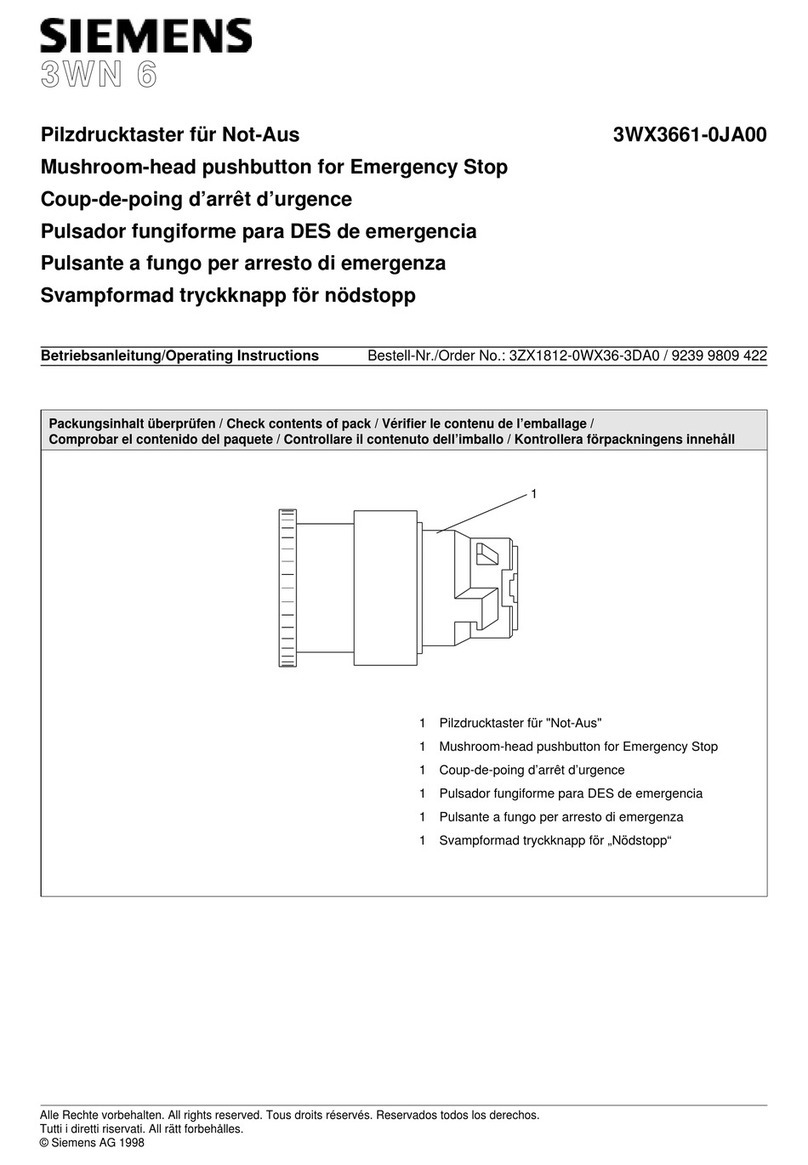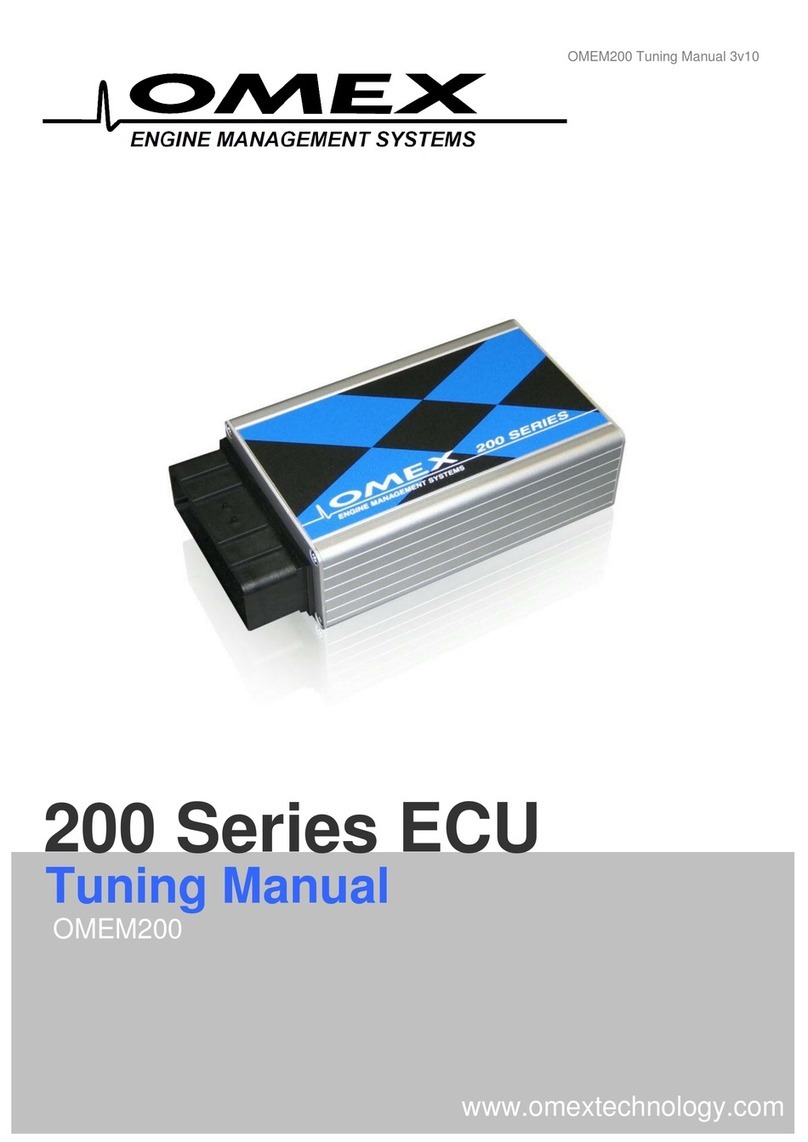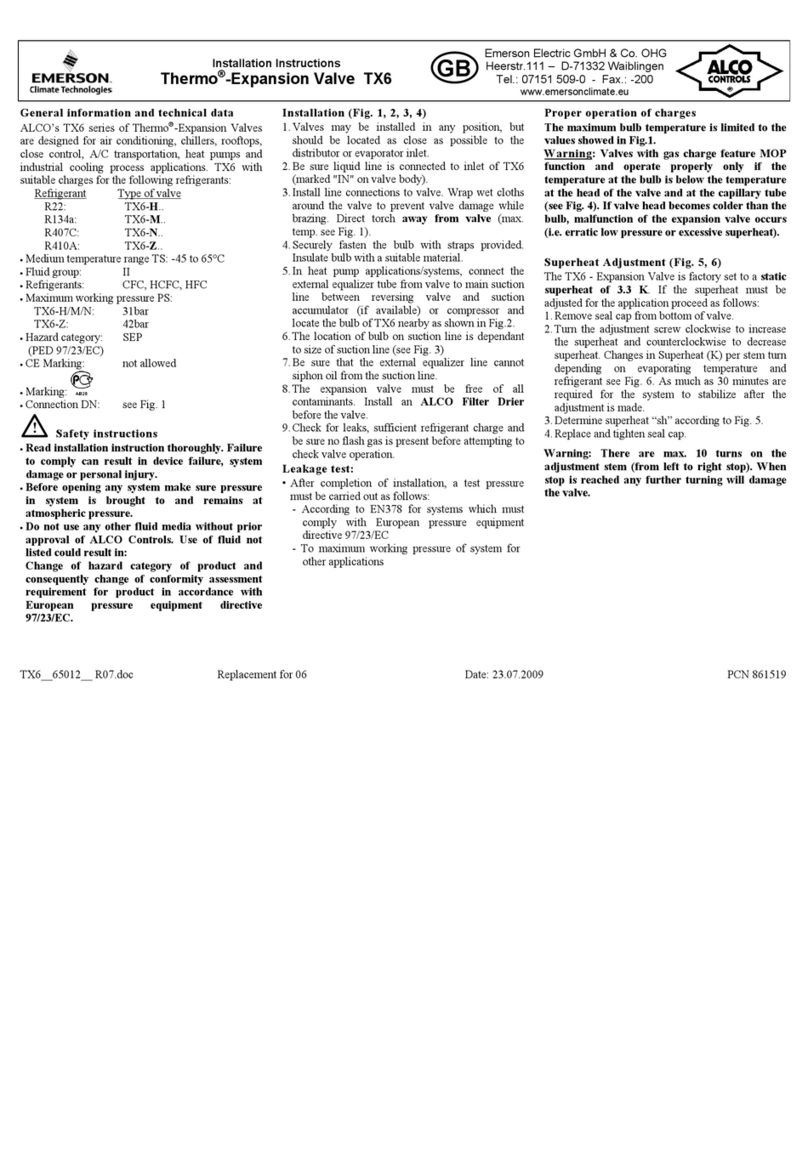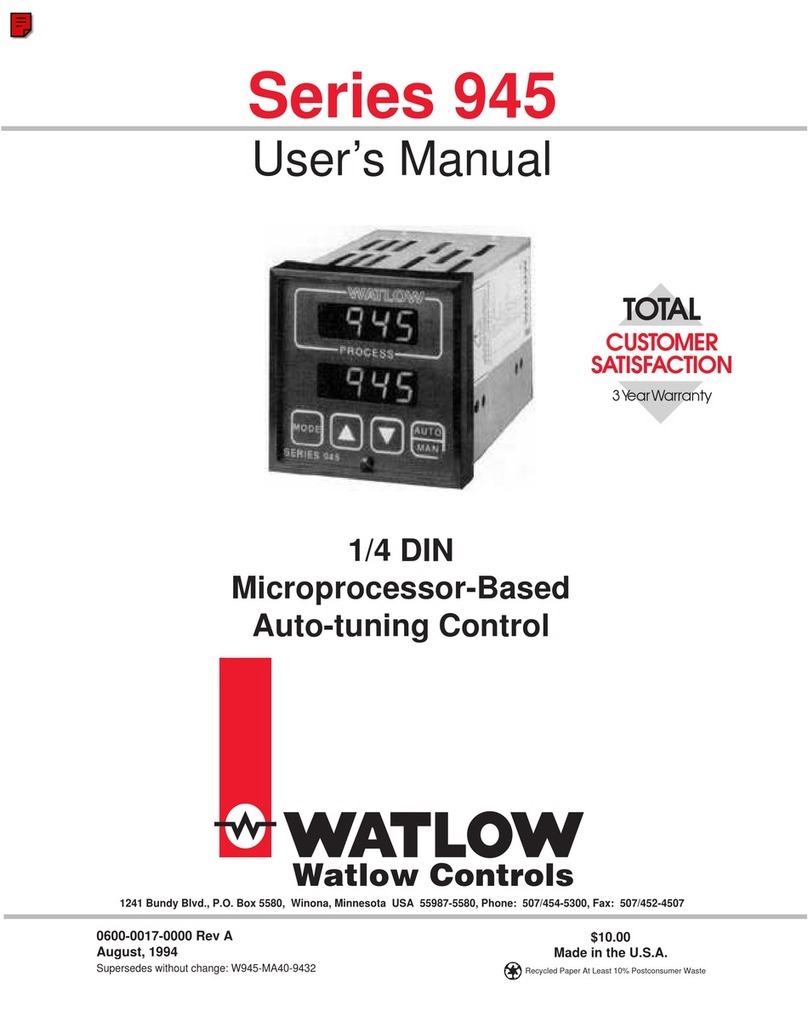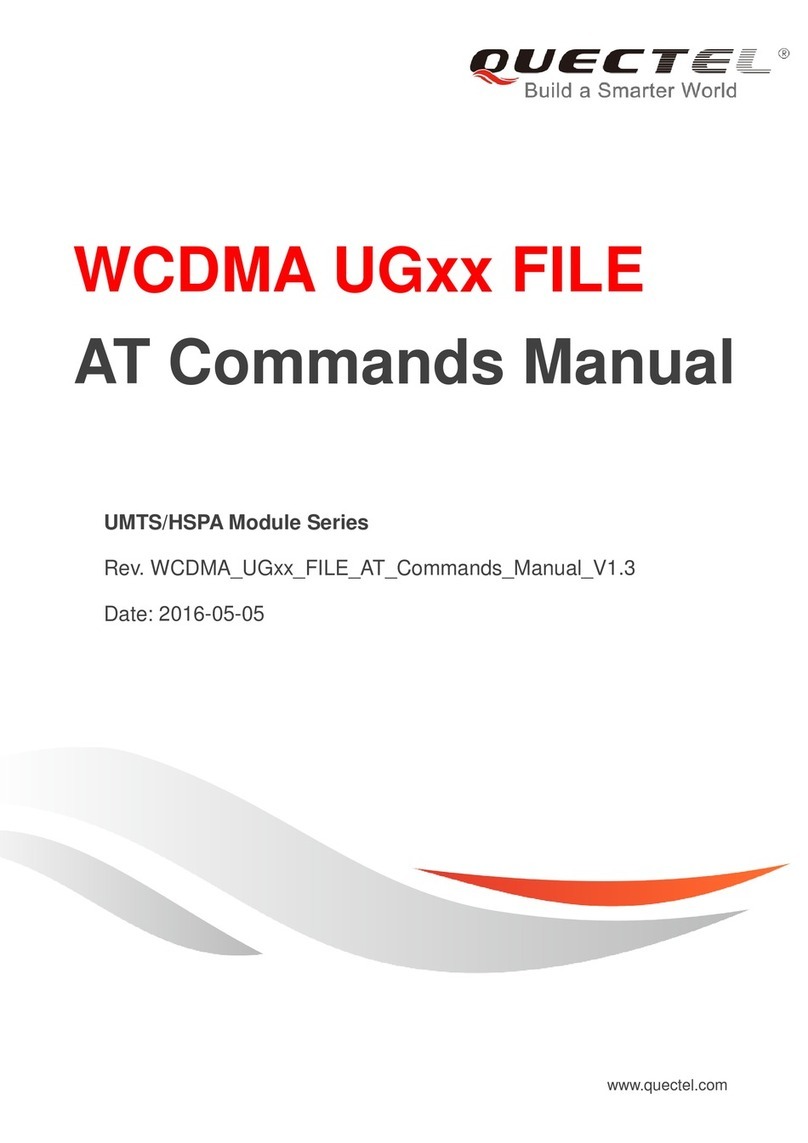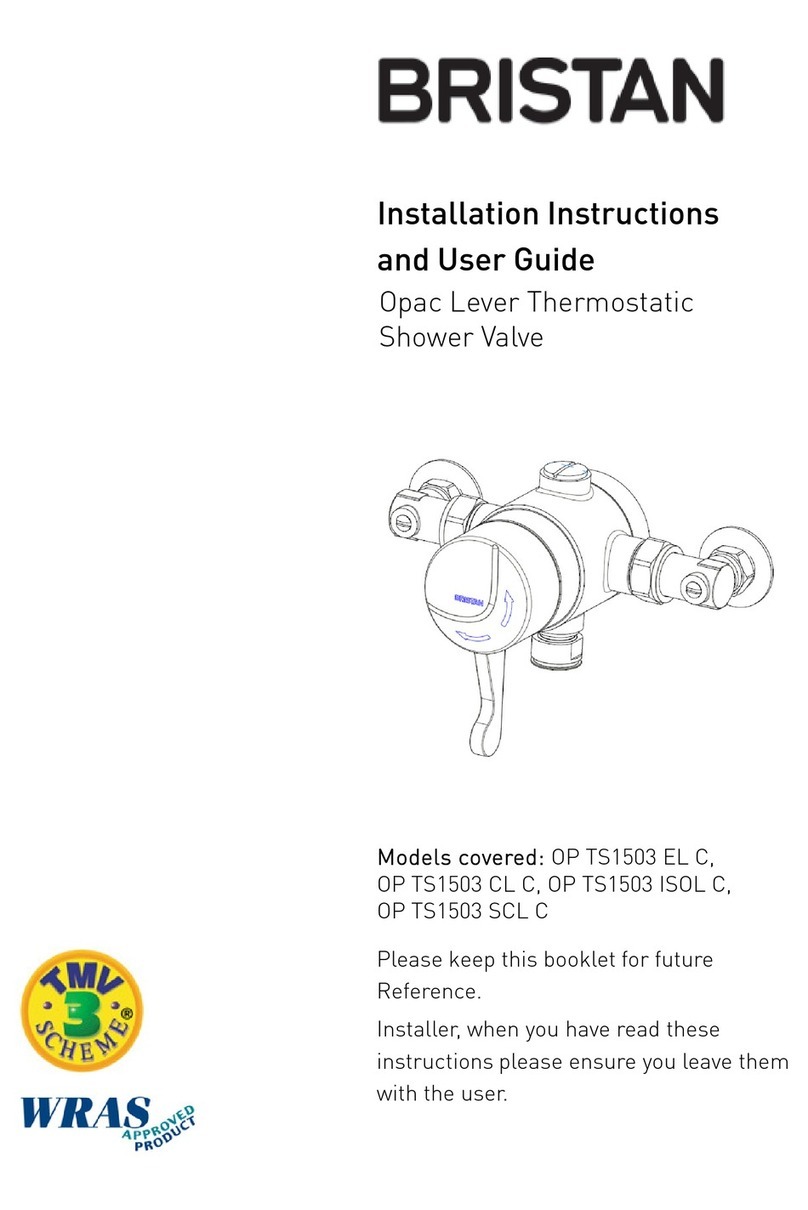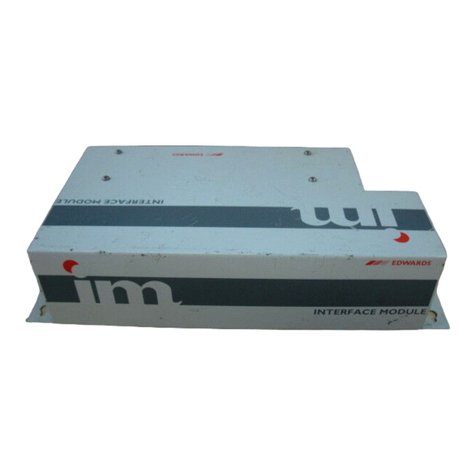
3
A strip chart recorder can be used to further optimize the adjustments.
If further performance improvements are required, refer to Section (8) SYS-
TEM TROUBLESHOOTING.
© 2019 Copyright All Rights Reserved
ESD5300 Speed Control Unit 01.04.19 PIB 1041 G
8ADJUSTMENTS
Once the engine is running at operating speed and at no load, the following
governor performance adjustment can be made to increase engine stability.
PARAMETER ADJUSTMENT PROCEDURE
P
(GAIN)
1.
2.
3.
4.
Rotate the GAIN adjustments CW until instability develops.
Then, gradually move the adjustment CCW until stability
returns.
Finally, Move the adjustment one division further CCW to
insure stable performance.
If instability persists, adjust the next parameter.
I
(STABILITY)
1.
2.
Follow the same adjustment procedure as the P parameter
using the Stability potentiometer.
If instability persists, adjust the next parameter.
D
(DEADTIME)
1. Follow the instability procedure in Section (8) SYSTEM
TROUBLE SHOOTING.
NOTE
6START THE ENGINE
If the cranking termination occurs too quickly, preventing the engine from start-
ing, turn the crank termination adjustment CW. The actuator should snap to
full fuel until the engine starts and runs at a low idle setting. Adjust the SPEED
setting CW for the desired operating speed.
If the IDLE speed adjustment is set too low, the engine may nev-
er exceed the crank termination point, possibly causing starter
damage.
Should the engine be unstable, turn the GAIN and STABILITY adjustments
CCW until the engine is stable. If the system remains unstable or not operating
properly, refer to the SECTION 10 SYSTEM TROUBLESHOOTING.
CAUTION
7GOVERNOR SPEED SETTING
The governed speed set point is increased by clockwise rotation of the SPEED
adjustment pot. Remote speed adjustment can be obtained with an optional 5K
Frequency Trim Control. (See Section 4 WIRING DIAGRAM)
ADDITIONAL FEATURES
9
Many applications require a flexible coupling between the engine and its load.
This can take the form of a soft rubber segmented coupling or a drive shaft
which behaves as a natural spring. The reasons such couplings are used is for
alignment purposes, torsional considerations, or because of the excess length
of the drive shaft has a natural spring effect. In any case, the drive train can act
as a resonant device causing variable loads at a cylindrical rate to be impressed
on the engine and its flywheel. Such variations sometimes occur at a frequency
that the governor responds to very well.
This can cause excessive throttle movement at the same frequency as the reso-
nance. The ESD5300 speed control unit has a special circuit that minimizes the
offset on the resonances on the governor.
If the system exhibits these characteristics, turn ON SW1, C2 to activate this
feature. Readjust the control system per the above procedure and the result
should be a significant reduction in throttle dither. Because the governor does
not respond to the resonance any longer does not mean the resonance is not
still present in the drive train.
SOFT COUPLING / RESONANT DRIVE TRAINS
IDLE AND RAMP SETTING
Close the IDLE switch connecting Terminals N and P. This will cause the engine
to slow to an idle speed. Adjust the IDLE setting for desired idle speed.
Open the IDLE switch between Terminals N and P. The engine will start accel-
erating toward rated speed. Adjustment of the ACCEL control will allow the en-
gine to accelerate with just enough fuel to bring the system to operating speed
with lowest emissions. The desired acceleration and deceleration rates can be
achieved by manipulating the ACCEL and DECEL adjustments. Cycle the IDLE
switch after each ACCEL or DECEL adjustment change until the desired results
are achieved. It is suggested to use an oil pressure switch to operate these con-
tacts. Open N and P and the engine speed will decelerate at a rate set by the
DECEL control CW is faster for both ACCEL and DECEL functions.
SPEED DROOP OPERATION
If droop operation is desired (speed setting reduces with increased engine
load), close the switch contact across Terminals J and K. Rotate the DROOP
adjustment CW to increase the droop percentage “0” setting (Full CCW) = Zero
droop. 100 = maximum droop.
STARTING FUEL ADJUSTMENT
Turn the STARTING FUEL RAMPING to minimum CCW position (0). Crank
the engine and quickly rotate the starting fuel adjustment to CW until the en-
gine starts without excess smoke. Repeat several times to find the best setting.
Some engines require large amounts of fuel to start but most modern engines
respond to limiting fuel during cranking. Once the engine starts repeatedly in
a satisfactory manner, adjust the Fuel Ramping adjustment CW so the engine
accelerates to rated speed quickly, without excess smoke. The acceleration ad-
justment may be set to the fastest positions if start fuel ramping is not desired.
The ESD5340 has an advanced startup circuit that adjusts crank-
ing fuel for faster startups.
NOTE
INTERNAL SPEED RAMPING FUNCTION
Each time the ESD5300 is started the speed ramping function operates by tak-
ing control of the engine at near idle position and automatically raises the engine
speed until the speed set point is reached. The acceleration time is controlled by
the acceleration control. If the idle switch is then closed, the speed will deceler-
ate at the rate set by the deceleration adjustment control.
During these ramping periods, the speed control has a small amount of droop
added to attain stability at low engine speeds. The droop is eliminated once
rated speed is reached unless droop is added by closing the switch at J and K
terminals.
The internal ramp generator can also be used for wide range variable speed ap-
plications. Connecting a 0-10 VDC variable voltage to terminal “N” with respect
to terminal “G” will provide a means to achieve variable speed governing. To
calibrate the speed range, either limit the voltage to a level which provides the
desired range with an external potentiometer or add resistance in series with
terminal N as shown in the diagram.
DUAL GAIN FEATURE
The ESD5300 can operate with two distinct gain settings. The two gain adjust-
ments, Gain 1 and Gain 2 are independent adjustments. With the connection
from R and L “Open,” the Gain 1 adjustment is in operation. With a connection
from R to L “Closed”, Gain 2 is in operation. Switching between the two gain
settings should have an imperceptible difference in speed change. The dual
gain function is especially useful for engines, which exhibit different character-
istics under different situations. An engine may run very stable at high speeds
and less stable at lower speeds. Setting a single gain control for the lower
speeds then yields less than an optimum setting at the higher speeds. A simple
switch can be toggled for low or high speed operation. Additionally in gaseous
fuel engine applications where the quality or type of gas is changed, the two
gain settings can be used to idealize the governor for each type of fuel.
For cold engine instability, a temperature-sensing switch can reset the gover-
nor’s gain once the engine has reached a normal operating temperature.
These are some examples where the ESD5300 can be used to provide more
optimum control of dynamic engine characteristics while providing the best of
governing control.
ADJUSTABLE CHOPPING FREQUENCY
The actuator chopping frequency can be varied using the potentiometer labeled
‘CF ADJ’. This chopping frequency applied to the actuator provides an addition-
al stability enhancement as the “dither” shakes the actuator to overcome static
friction and insure its immediate response.









